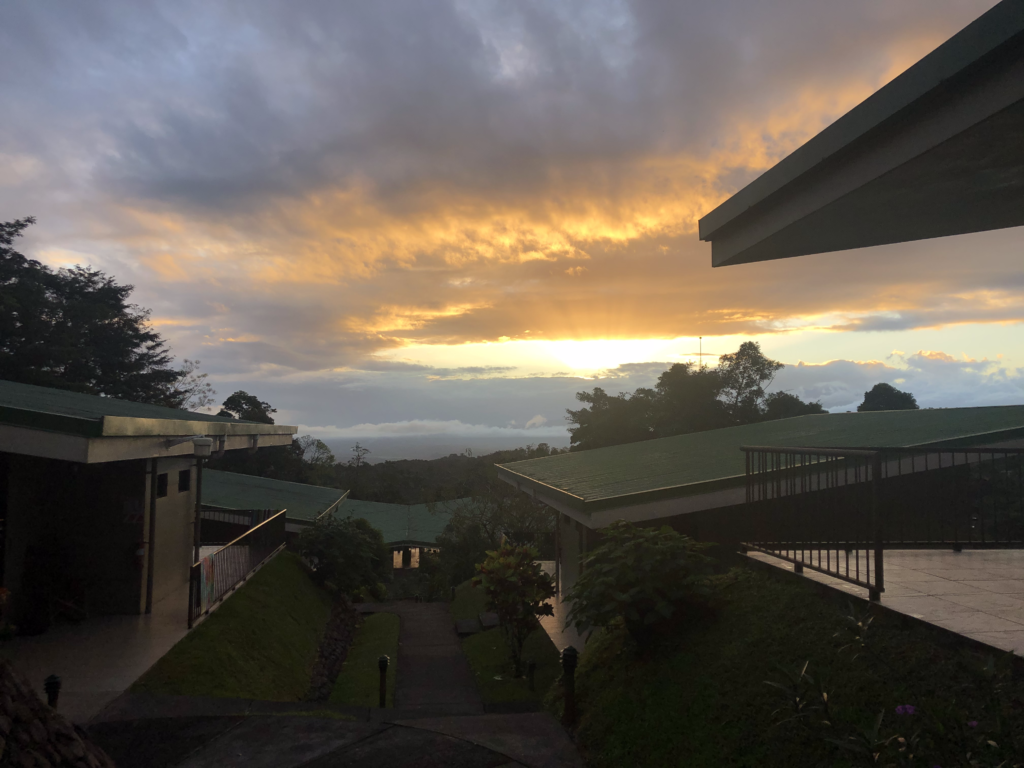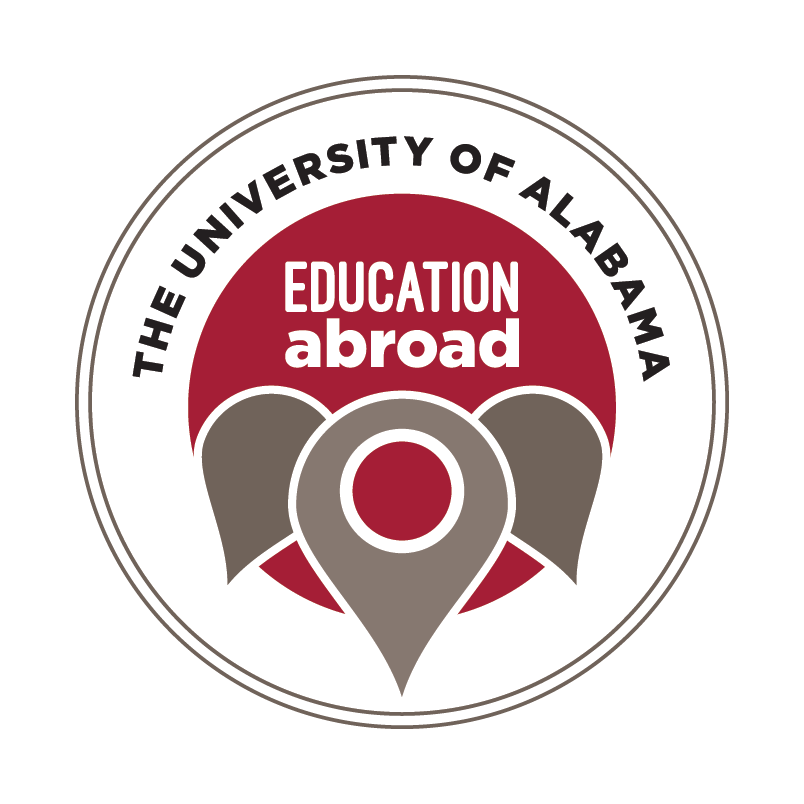The last full weekend of the trip was during Dr. Magleoca’s class, The Water Planet. We had already taken our final for the class, and we departed from the Soltis Center for three days to travel to Guanacaste, the northwestern most province of the country, to study water use there.
Guanacaste produces a majority of the nation’s two most popular crops: rice and sugarcane. We were to study something called the food-energy-water nexus, which is a way to think about the systems that keep us alive, and how they interact. I chose to study how water is used to grow crops in the area.
We left in the morning on Friday. We drove back to Lake Arenal, and stopped to talk about the pipelines that take water from the lake and pump it west to Guanacaste, to generate power and be used for irrigation. Dr. Gonzales, who runs the Soltis Center, came with us. Having studied water use for decades, he had a wealth of knowledge that he shared with us.
After departing there, we drove for a few more hours to the continental divide, which lay on the top of a mountain overlooking the lake. It was incredibly windy there, but as soon as we were over the divide, the landscape began to change. Where before there had been dense tropical forests with lush green leaves, was suddenly an arid and flat environment, that seemed closer to a desert than a rainforest.
We stopped in a large town for lunch, then departed again, headed for the more rural areas for the province. We stopped a few more times to discuss various elements of irrigation, agriculture, and power generation, but by mid afternoon, we had reached our destination. It was a small farming village, and we were set to meet a local rice farmer. We waited, in the bus, in a small park, for a little while. Before too long however, someone drove by. Apparently confused as to the presence of a tourist bus in the small village, he stopped. Dr Gonzales got to his feet, and exited the van, to greet the man like a friend. He invited us out to talk, and we met Mike, a rice farmer and retired conservation professor who Dr. Gonzales had known in college. While not who we had planned to see, Mike was a fantastic resource. He explained the relationships between small farmers and large agro-corporations, as well as with the many regulatory agencies of the government. He took us out to his fields and explained how he gets rid of invasive species, and some of the problems he has being a farmer there. Overall, his commentary was fascinating, and as I would later find out, essential to my final project.
After leaving Mike, we headed to our final stop of the day: a wetland. This wetland contains many different species of bird, and hundreds of crocodiles. We got to view this natural beauty right as the sun began to set, throwing a myriad of color upon the water’s still surface.
After staying the night in a Best Western Inn, we proceeded to a large sugarcane mill, where we talked about the farming and processing of the cash crop into commodities that are traded all over the world. This was our last stop on the trip that had to do with the curriculum. The last day was saved for some much needed beach relaxation.

